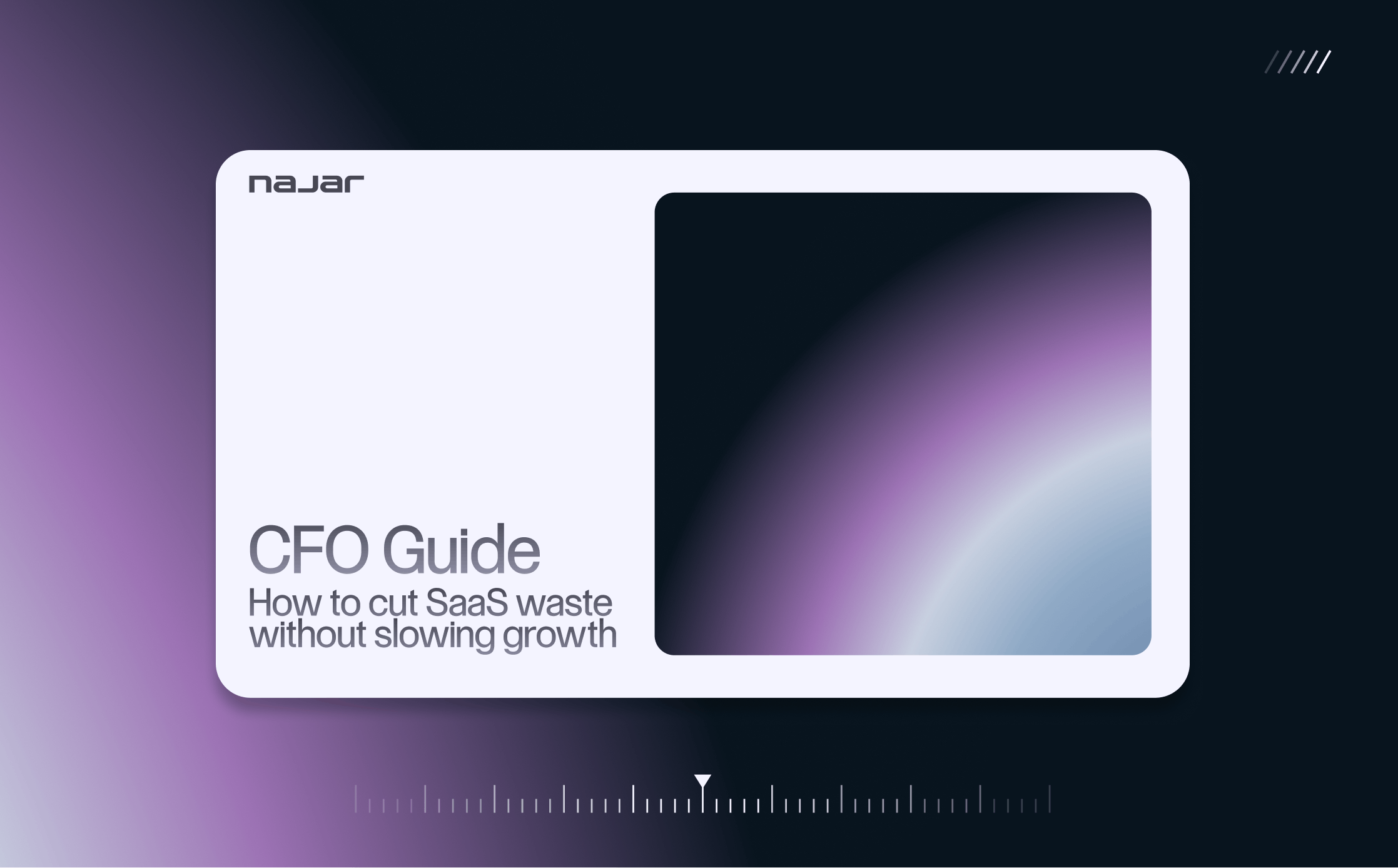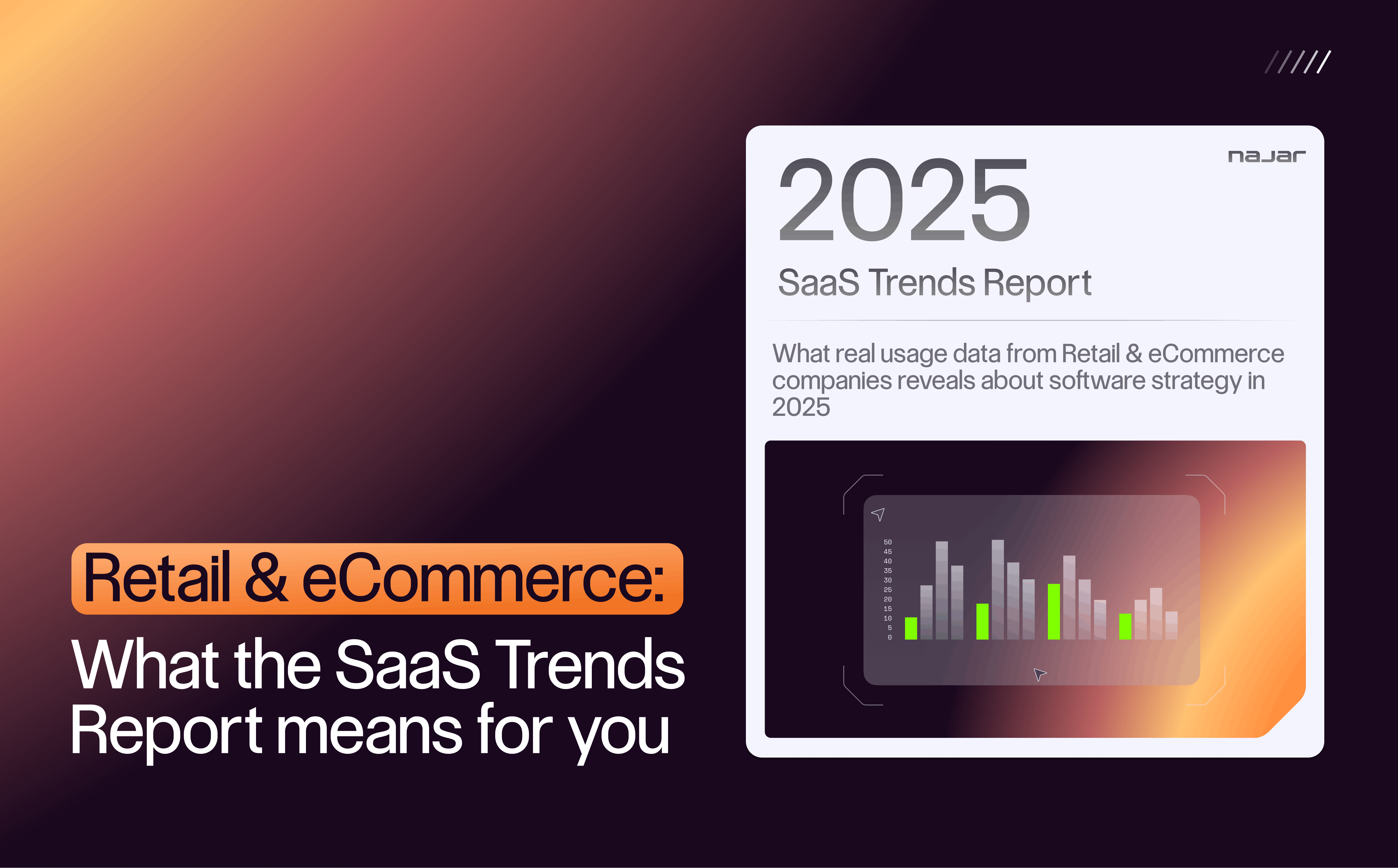As of January 1, 2024, French QuickBooks users will no longer be able to access the platform. While they may still be able to file for the 2022 tax year, the ability to file for the 2023 year is not guaranteed.
Important point: QuickBooks has not announced a partnership with any other accounting software to transfer its customers, leaving its users free to choose the next software that meets their needs.
How to find an alternative to Quickbooks?
Before looking in detail at how to find a solution, we have created for you this retroplanning which informs you of the dates to respect to migrate and choose a solution in the best conditions:
- April-May 2023: Evaluation of the needs and functionalities required to create a "use case". Beginning of research on alternatives, do comparison and selection of potential alternative solutions.
- June - July 2023: Demonstration of selected solutions and contract negotiation.
- September 2023: Implementation of the new solution, data migration and employee training.
- December 31, 2023: deadline for access to the QuickBooks platform. 🚨
Step 1: Assess your needs.
When migrating from accounting software, it is important to assess your needs to ensure that the new solution meets your expectations and requirements. Here are the steps to follow to assess your needs:
1. Identify the current functionalities. It is important to assess what needs to be included in your new software.Examples: Reporting, payroll management, API integrations, real-time collaborations, tax compliance, etc.2. Analyze your financial processes.3. Consider the size of your business: The number of employees, the number of financial transactions and the complexity of your business may influence the features and product you need.4. Evaluate collaboration needs: If you work with accountants or financial teams, it is important to take this into account when choosing software that facilitates communication and data transmission.5. Assess your budget to determine financially viable options that meet your needs.
From there, insert these items into the following table to see the big picture.
Changing tools can also be an opportunity to improve processes and increase productivity. To do this, you must determine the current difficulties in order to find a tool that can correct this.
Step 2: Conduct a Benchmark.
Once you have identified your needs, it is time to prioritize and start comparing existing solutions.
Here is an example of a benchmark table comparing the features you need and have prioritized:
Download this content below ��
1. Start looking for existing solutions:This is a key phase, and you'll realize that it can take time. Since the SaaS market is opaque, it is sometimes wise (and very economical) to use a buyer.
Here is a list of potential sites to use:
- G2: A software review and comparison site that allows you to search and compare different products based on features, cost and popularity.
- Capterra: Another software review and comparison site that offers information on features, costs, and user reviews of many products.
- GetApp: A site that helps compare different products based on features, cost and popularity.
2. Once you have short-listed the alternatives that best suit you, it is time to open negotiations.
One of the key elements of the negotiation, in addition to price, will be data migration assistance and potential training of your relevant employees on the tool.
Step 3: Negotiations.
Thanks to the methodology explained above, you should be able to have in mind 3-4 potential alternatives to Quickbooks.
If you have a purchasing department, don't hesitate to ask for help. Their experience can be very useful for purchases with legal and fiscal issues.
If you do not have an IT purchasing department or an IT buyer (specialized in software purchasing), make an appointment with us to be accompanied and to make this transition in the best possible way by clicking here.
The steps to negotiate:
1. Understand the terms and conditions of the proposed contracts: To negotiate contracts and rates effectively, it is important to understand the terms and conditions of the proposed contracts. They may include information on benefits, or additional costs associated with them.2. Evaluate the long-term costs of each solution: To make an informed decision about the best alternative to QuickBooks, it is important to consider the long-term costs associated with each option. 3. To get the best deal for your business, it is important to negotiate rates with vendors. You can try to leverage:
- Migration costs,
- Training costs It is also important to determine the payment terms and guarantees associated with each option.
Step 4: Contractualization.
Before contracting for a new online accounting tool to replace Quickbooks. Here are the important steps to follow:
- Identify the internal stakeholders involved in the decision to adopt the new online accounting tool.
- Present the pros and cons of the new tool to all stakeholders so they can make an informed decision.
- Obtain approval from legal and management to ensure that the contract complies with company policies and procedures.
- Ensure that all users of the new tool have been (or will be) trained and have agreed to use it.
Important points to remember:
- Ensure that all internal stakeholders are informed and have agreed to the new online accounting tool.
- Make sure the contract is clear and understandable to all parties involved.
- Ensure that the contract includes confidentiality clauses to protect company data.
- Establish clear responsibilities for each party to avoid misunderstandings.
- Ensure that payment and billing terms are clear and appropriate.
- Ensure that the contract complies with applicable data protection and intellectual property laws.
- Ensure that the terms and conditions are negotiated and agreed upon by both parties before the contract is signed.
Step 5: The Switch
It is not enough to sign a contract with a new provider, it is also essential to put in place concrete actions to accompany users in the transition and to ensure the proper conduct of reversibility if necessary.
Here are a few points to consider in order to succeed with change management and reversibility:
- Change Management:
- Plan a transition period for users, with appropriate training and coaching to help them become familiar with the new online accounting tool.
- Communicate regularly about the status of the transition project and the benefits of the new tool to encourage user buy-in.
- Involve users in the transition by soliciting their feedback and addressing their questions and concerns.
- Reversibility:
- Ensure that the contract with the new online accounting tool includes clauses specifying how data and information will be transferred if needed.
- Include procedures for retrieving data and transferring it from Quickbooks to the new tool.
- Verify that data and information is retrievable from the new tool in an easily usable format to avoid loss of information.
- Establish a plan of action for reversibility if needed.
Important points to keep in mind:
- Ensure that user training and support is provided to facilitate the transition to the new tool.
- Schedule support sessions to answer users' questions and help them resolve issues with the new tool.
- Verify that data is properly migrated to the new online accounting tool to avoid any loss of information.
- Ensure that the terms and conditions of the contract with the new vendor include appropriate reversibility clauses to avoid complications should the need arise.
- Establish a detailed plan for the transition and reversibility, involving relevant stakeholders to avoid misunderstandings and delays.
Receive your free template by email by filling out this form:
(We promise we won't spam you)



